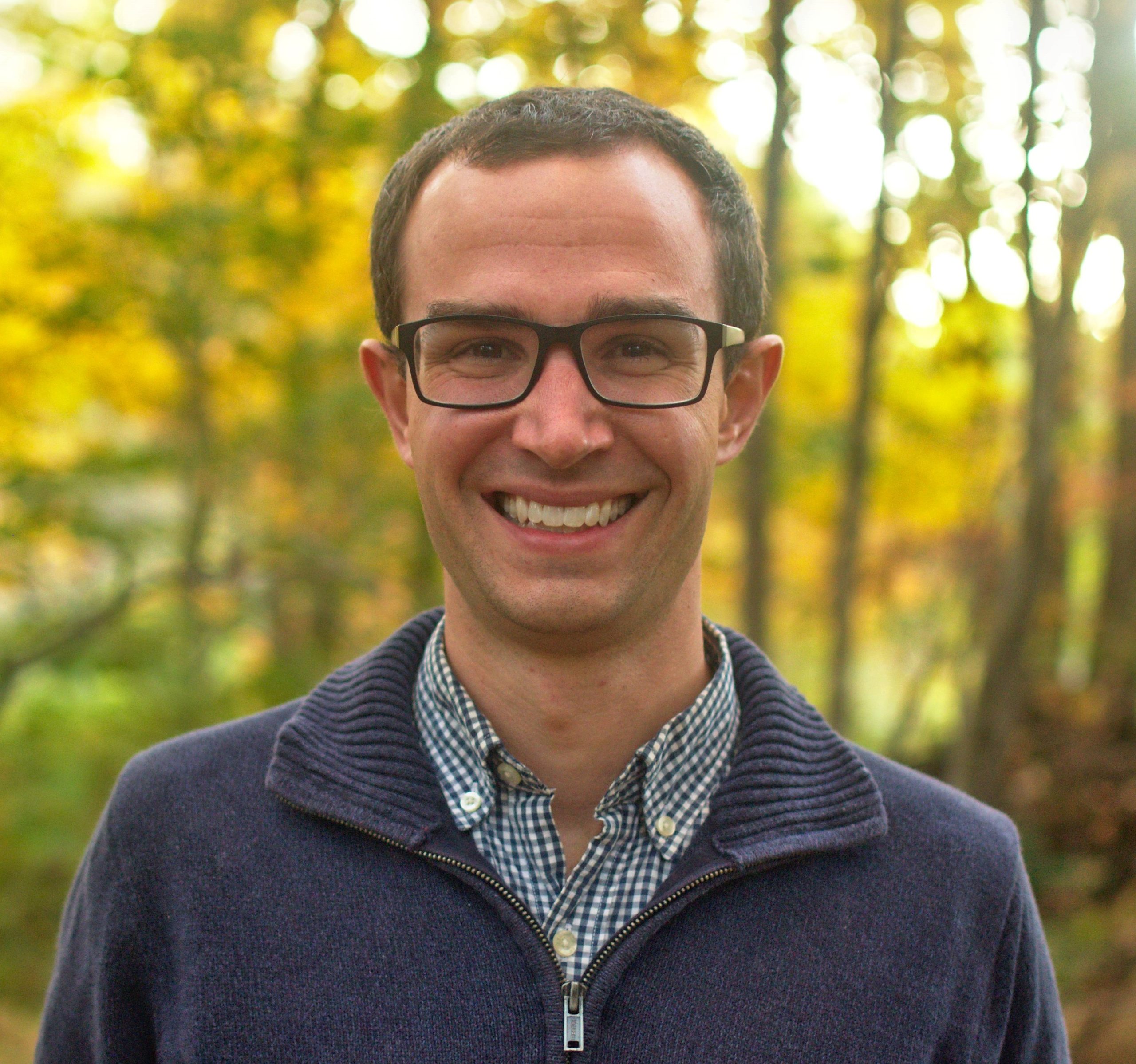Advance Vermont leads a statewide partnership of representatives from business, education, government, nonprofits and philanthropy with a unified goal to increase educational attainment in Vermont for the benefit of residents, communities and the economy. As part of its work, Advance Vermont raises awareness and builds support for a policy agenda by collecting and analyzing data on postsecondary outcomes, and facilitating discussions with state leaders about ways the workforce and postsecondary education systems can better support students. Tom Cheney, Director of Advance Vermont, wrote the following post, which originally appeared on Advance Vermont’s Medium page and published by the Today’s Students Coalition, about its efforts to better understand and meet the needs of today’s students in Vermont.
Vermonters deserve a strong economy and vibrant communities. Central to that, Vermonters deserve a job that meets their needs. Yet, it is increasingly more difficult to secure such a job with a high school diploma alone. Within the next 10 years, 100 percent of Vermont’s high-growth, high-wage jobs will require education and training beyond high school such as apprenticeships or certificate, credential, or degree programs. Today, only 50 percent of Vermonters hold a postsecondary credential. Why this disconnect?
In part, because today’s students are not who they used to be. This fall, Advance Vermont conducted a survey of current and recent postsecondary students to quantify the changing student demographics in Vermont. The key takeaway: Vermont students are juggling work, family, financial, and other life responsibilities like no generation before them.
One in three postsecondary students is over the age of 30 and one in four is a parent. Eighty percent of today’s students work and 25 percent work full-time. Fifty-five percent of today’s students commute, almost 40 percent attend part-time, and one in every three students attends online. One in three students experience hunger or challenges securing housing.
Additionally, students are increasingly financially independent, low-income, and the first in their family to attend postsecondary education and training. More are students of color, veterans, and incarcerated or formerly incarcerated.
Recognizing the need for action and understanding the importance of addressing these changing student demographics, Advance Vermont convened a statewide network of leaders at the Today’s Students Summit in November 2019. This cross-sector event of employers, educators, government officials, and nonprofit and philanthropic leaders addressed a central question: How can our postsecondary education and workforce system better serve today’s students?
The Summit took a deep dive into the demographics of today’s students in Vermont, the challenges they’re facing, and the relationship between postsecondary education and Vermont’s communities and economy. It explored the role of philanthropy in the postsecondary education and workforce system. Representatives from organizations like the Vermont State Colleges, SunCommon, and Vermont Works for Women discussed some of the innovative ways they are adapting to meet the needs of today’s students.
Keynote Speaker Dr. Michelle Asha Cooper, President of the Institute for Higher Education Policy, said it best when she told Summit attendees that, “Your collective efforts will advance a movement—a movement that is statewide, and a movement that will bring your colleges one step closer to becoming the student-ready colleges they need to be. But also, your efforts in this movement will bring education one step closer to being the great equalizer that it is supposed to be.”
If Vermont’s postsecondary education and workforce system, inclusive of all education pathways, fails to properly support today’s students, we miss out on the best opportunity to close equity and opportunity gaps, address urgent workforce and economic needs, and secure the public benefits of an educated and trained population. The Summit was an important first step.
It is time to modernize our policy, programming, and student supports so that everyone in Vermont can access, afford, and attain education and training beyond high school. Only through collaboration and transformation can we better serve today’s students, and only then will we advance Vermont.

